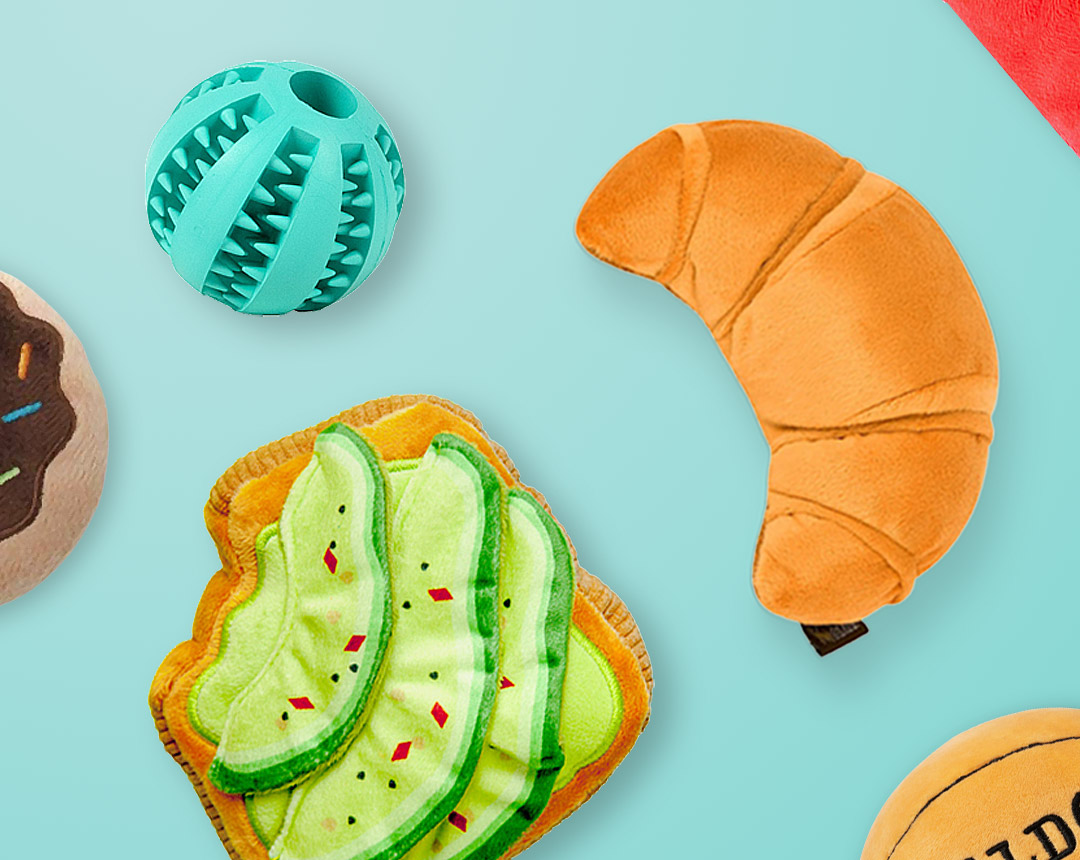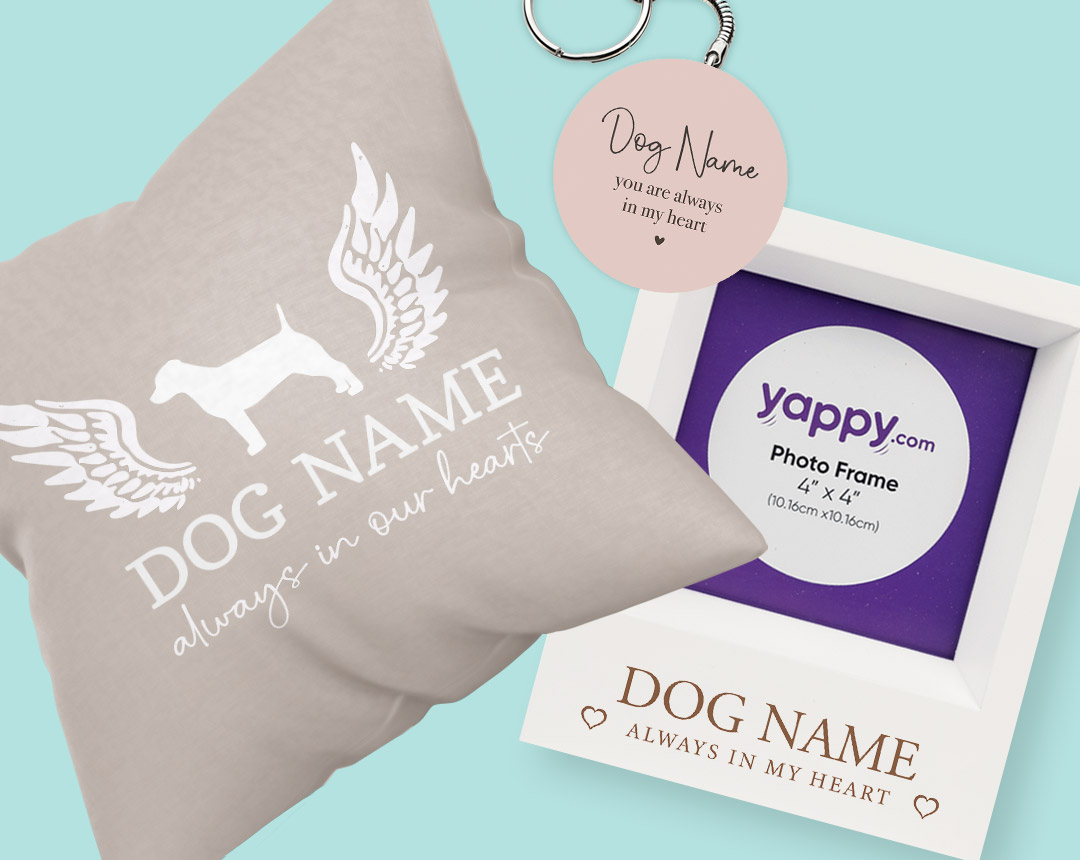Create Your Labradoodle's Shop
Labradoodle Breed Summary
Smart, Sociable, Affectionate, Loving and Adaptable
The Labradoodle was first developed in 1989 in Australia, originally to be a hypoallergenic dog for the blind! The first of his kind, Sultan, not only possessed a low-shedding coat, but also the intellect and disposition of a Labrador, making him excellent guide dog material. After this first development, breeders became intrigued and interested at the Labradoodle and they rapidly increased in popularity, donning the term ‘designer dogs’. Guide dog aside, this breed is now a popular family pet choice, being one of the most prevalent in the UK! They are also becoming true celebrity dogs, with owners including Jennifer Aniston and Jeremy Clarkson.
| Lifespan | 12-15 years |
| Height (at the withers) | Miniature 35.5cm - 40.5cm / Medium 45.5cm - 51cm / Standard 53.5cm - 61cm |
| Weight | Miniature 7kg - 13.5kg / Medium 13.5kg - 20.5kg / Standard 13.5kg - 45.5kg |
| Coat | Ranges From Shaggy to Poodle-Like Curls |
| Colour | Caramel, Chocolate, Black, Cream, Apricot, Red, Coffee, Chalk, Silver, Blue, Mixed |
| Eye colour | Brown |
| Common health issues | Ear Infections; Hip Dysplasia; Elbow Dysplasia; Progressive Retinal Atrophy (PRA) Epilepsy; Diabetes Mellitus. |
| Other Names | Doodles |
Labradoodle's are particularly well-known for their smart and sociable natures, which is what makes them such excellent guide dogs! They are extremely affectionate towards their ‘hooman’ owners and are the happiest when they’re with the people they love. This breed also loves to make new friends, ‘hooman’ or animal, and with training, they can even be taught proper etiquette. They are extremely adaptable, whether you enjoy having a cuddle on the sofa or playing fetch in the garden! This breed, however, isn’t the ideal guard dog, as although they may bark at strangers on entry, they will just want to be fussed! Because this breed is so new, there is still little consistency in offspring and there are no common characteristics specific to the hybrid-breed. Some will be very Poodle-like; very reserved, quiet with a high maintenance coat whereas others will be more Labrador-like; slow to maturity, prone to shed and noisy.
The Labradoodle is one of the most recently developed breeds. The idea of cross-breeding Labradors and Poodles first came about in 1989, when the man in charge of the breeding programme for the Royal Guide Dogs Association of Australia, Wally Conron, realised that some visually impaired people were unable to have guide dogs because of allergies to dog fur. His hope was that by cross-breeding the two dog breeds, they would gain the benefits of each: the hypoallergenic coat of the Poodle, combined with the personality and ability of the Labrador
The first litter resulted in a dog named Sultan, who had all of the features the breeders had hoped for. Intelligent, outgoing, friendly, and trainable, he became a guide dog in Hawaii for a woman whose husband was allergic to dogs. The breed is now widely used as assistance and therapy dogs for all types for people with allergies.
Due to the unpredictable nature of genetics, the early Labradoodles varied greatly in height, weight, coat type, and personality. Labradoodle lovers are working hard to create a breed standard, but this remains a work in progress.
At present, the breed is not recognised by any kennel club in the world, and puppies cannot be officially registered. However, Labradoodle breed associations, such as those in the UK and Australia, have their own registers and are campaigning for official recognition of the Labradoodle.





























